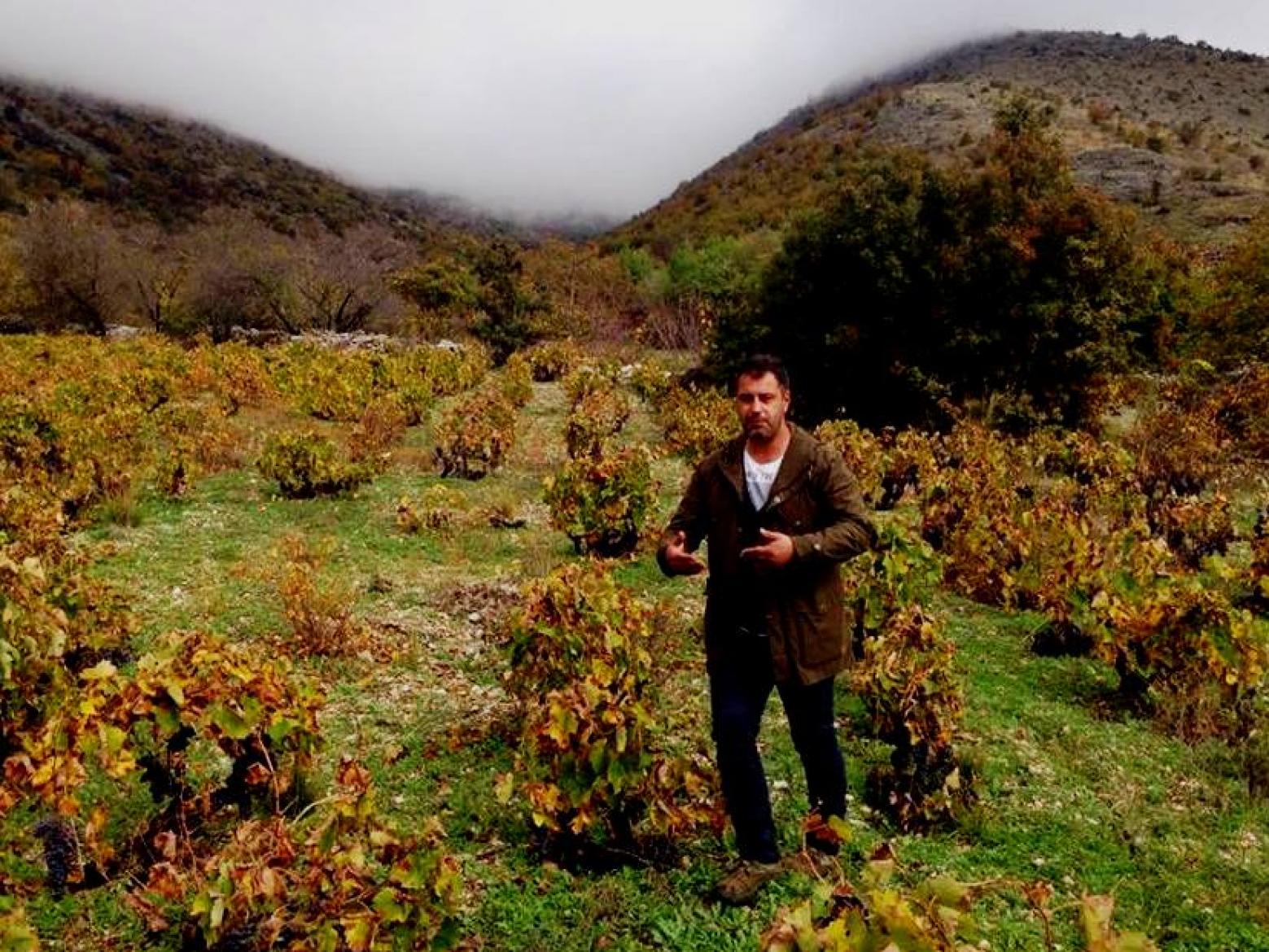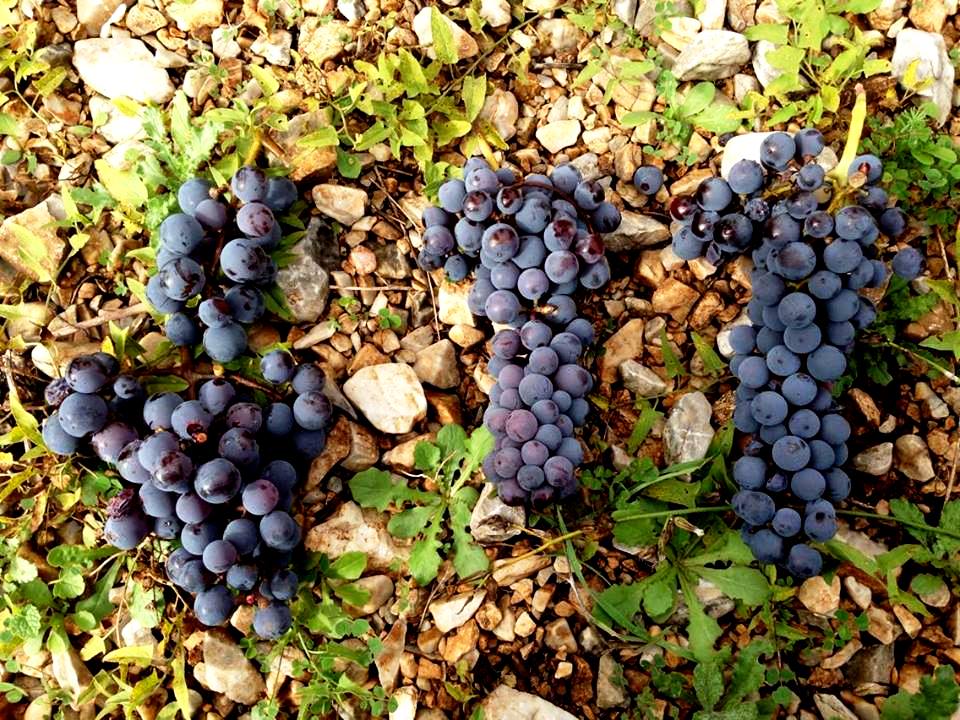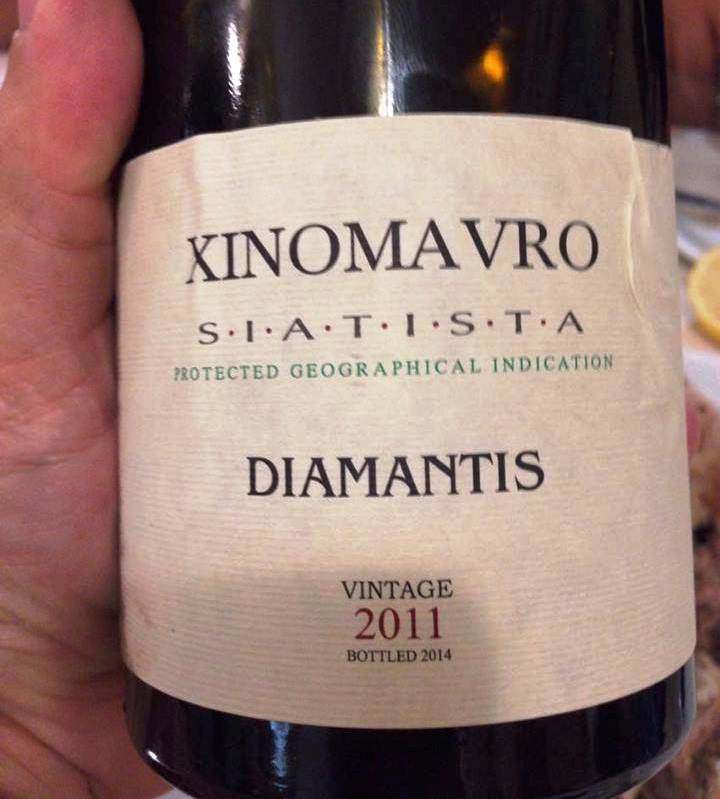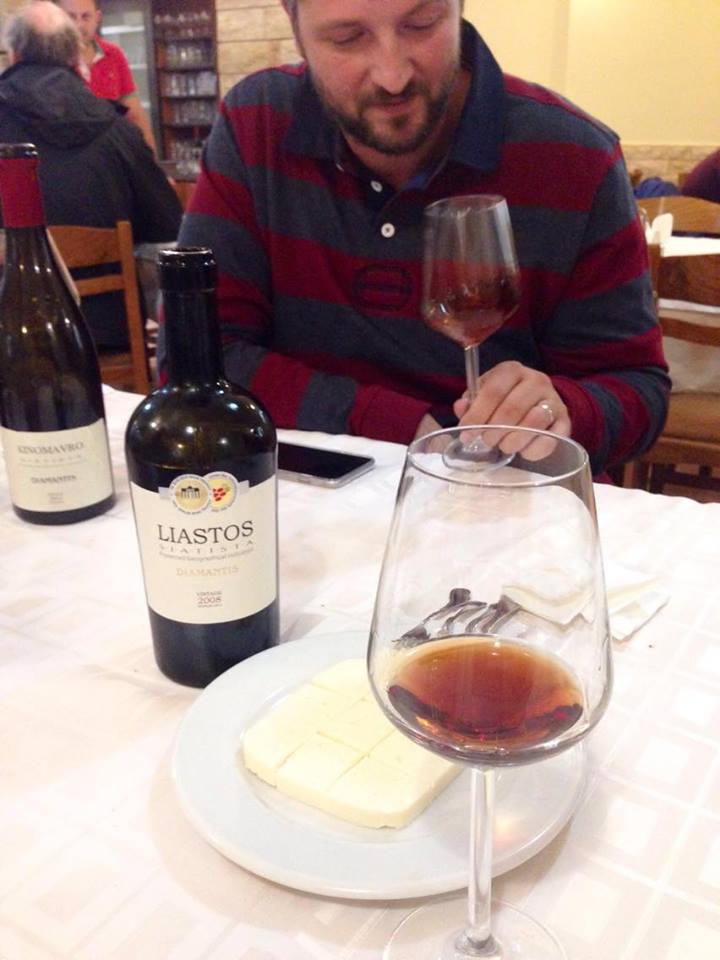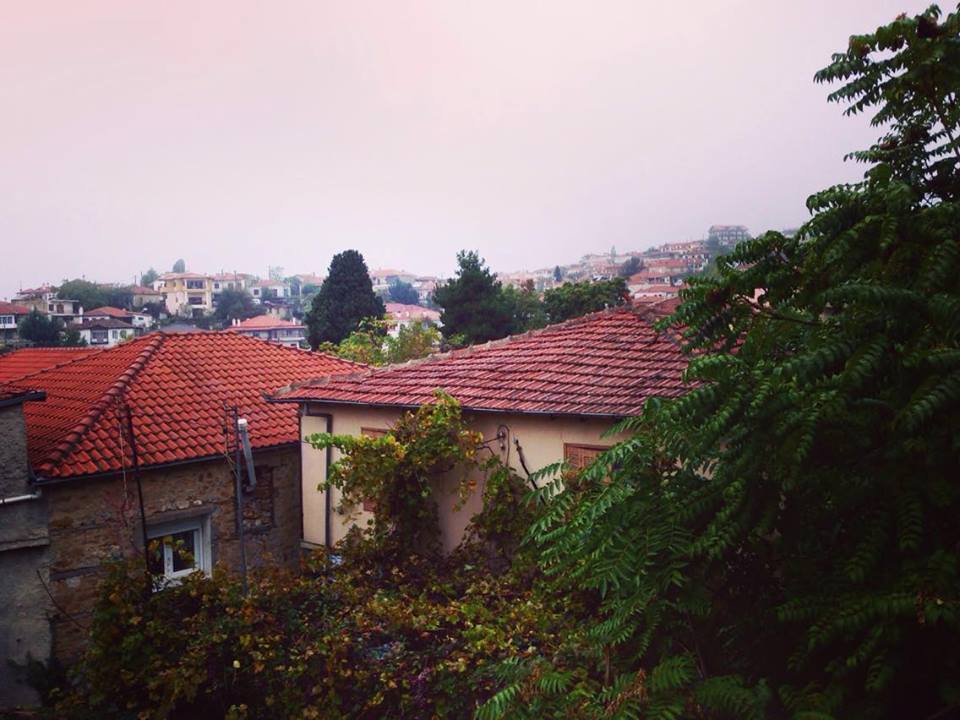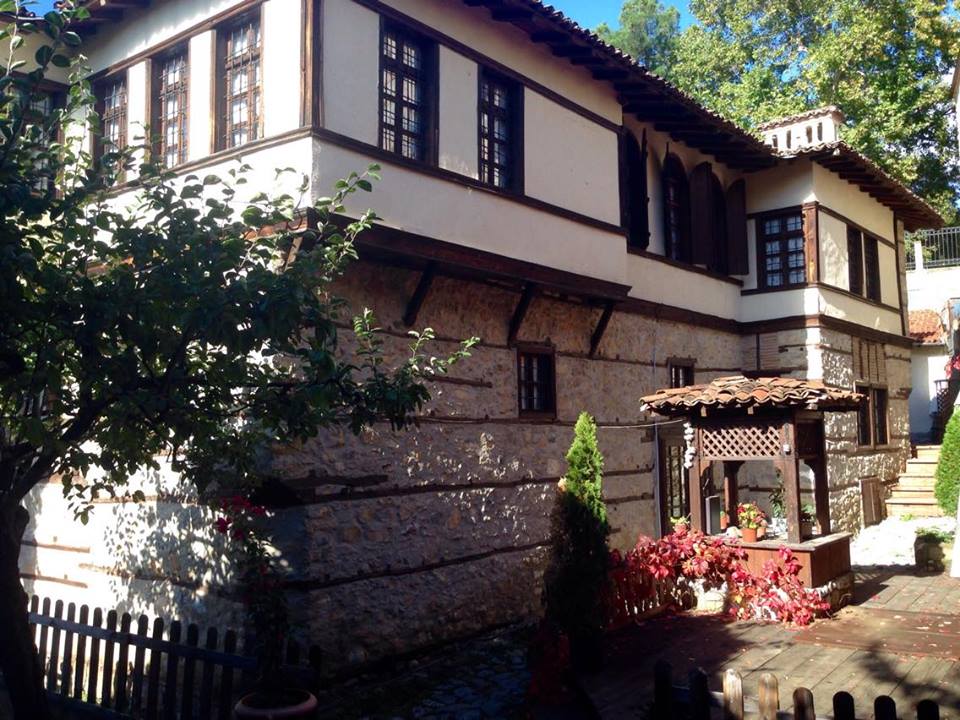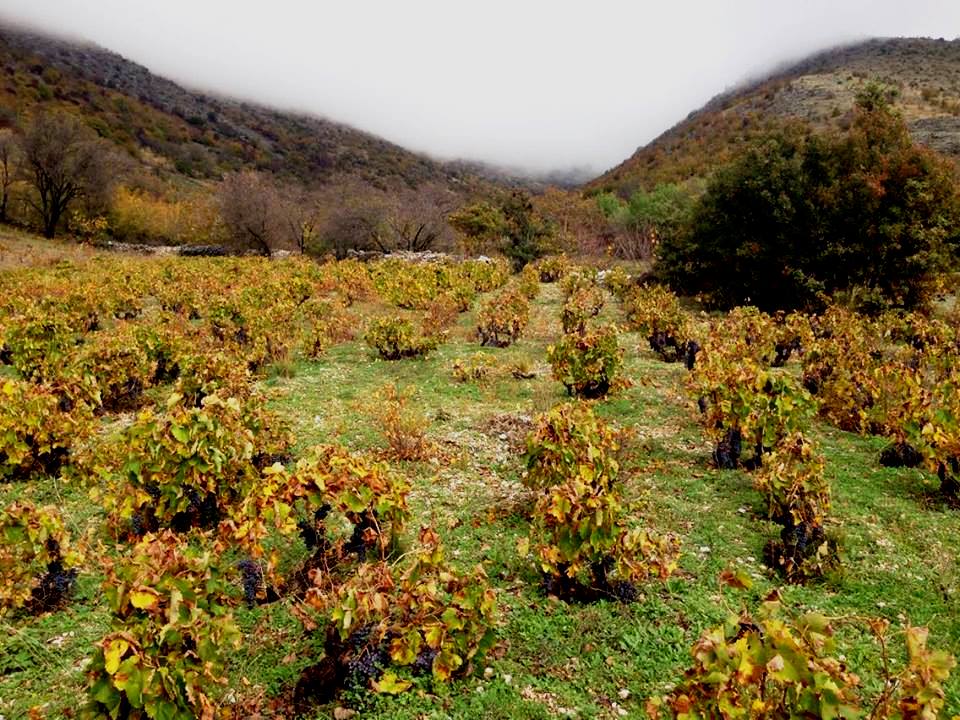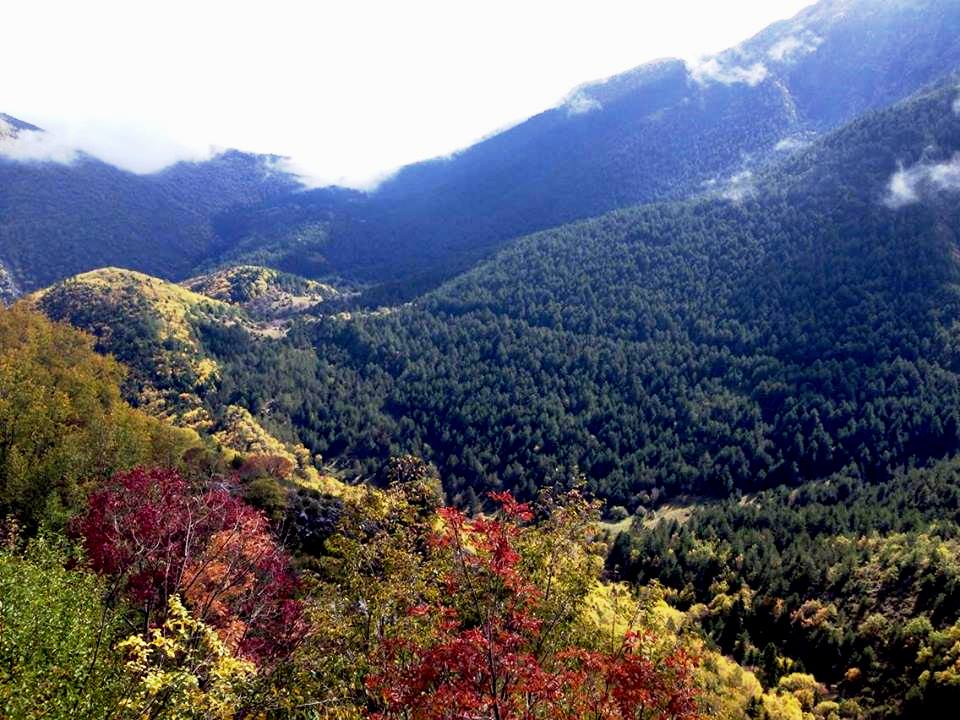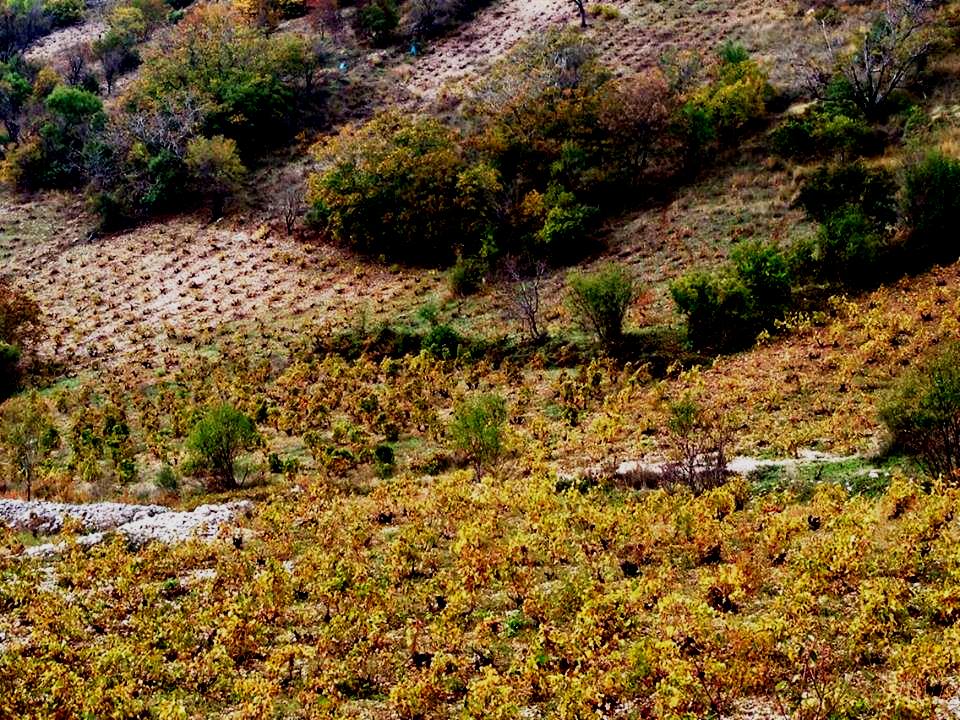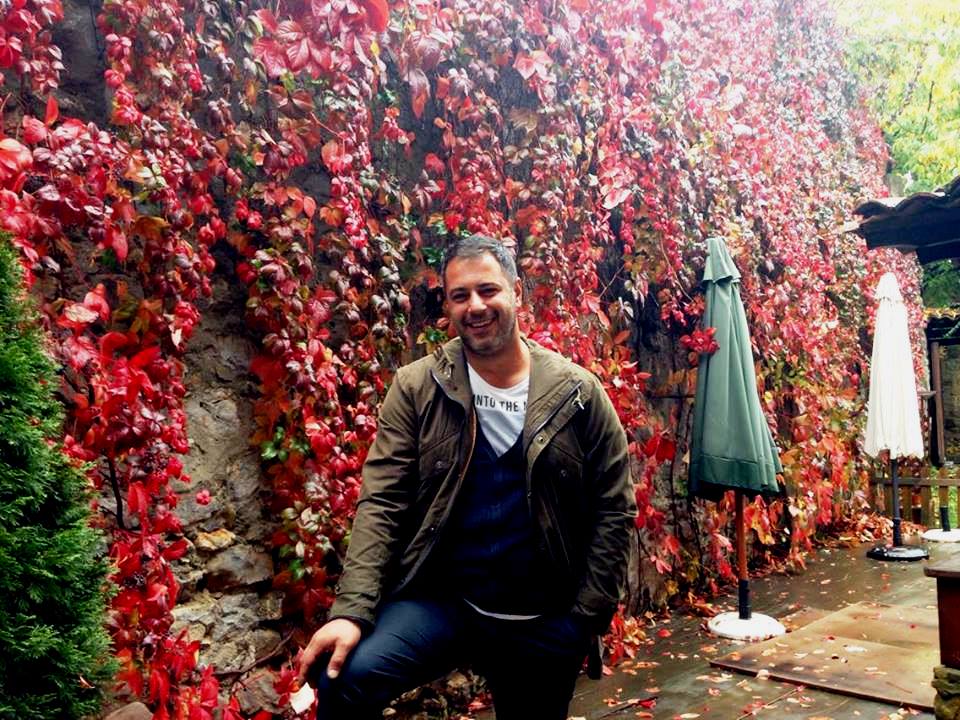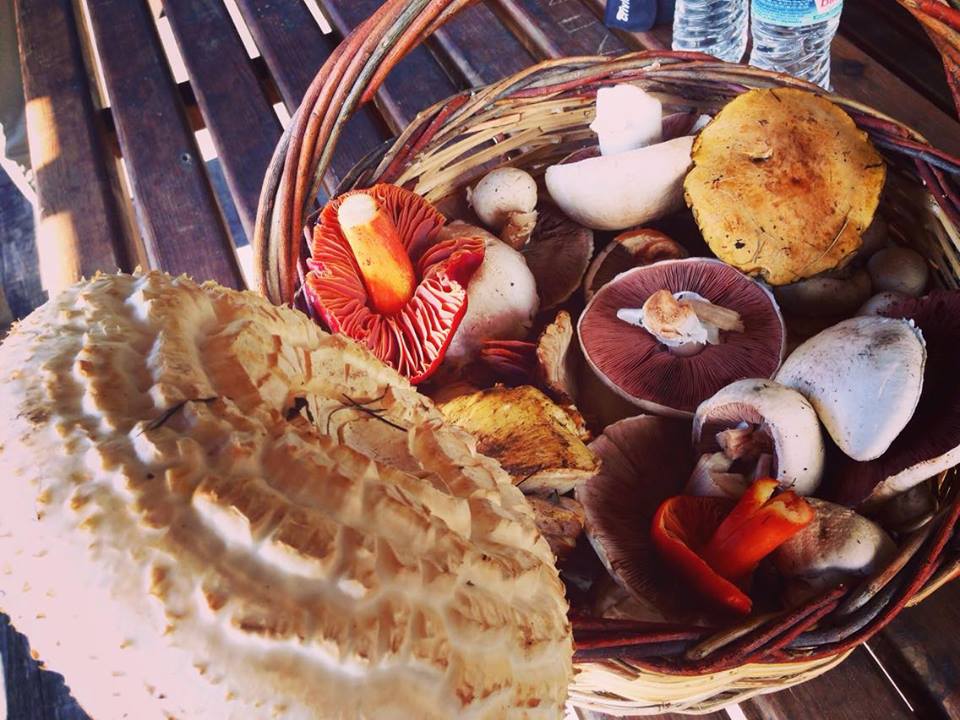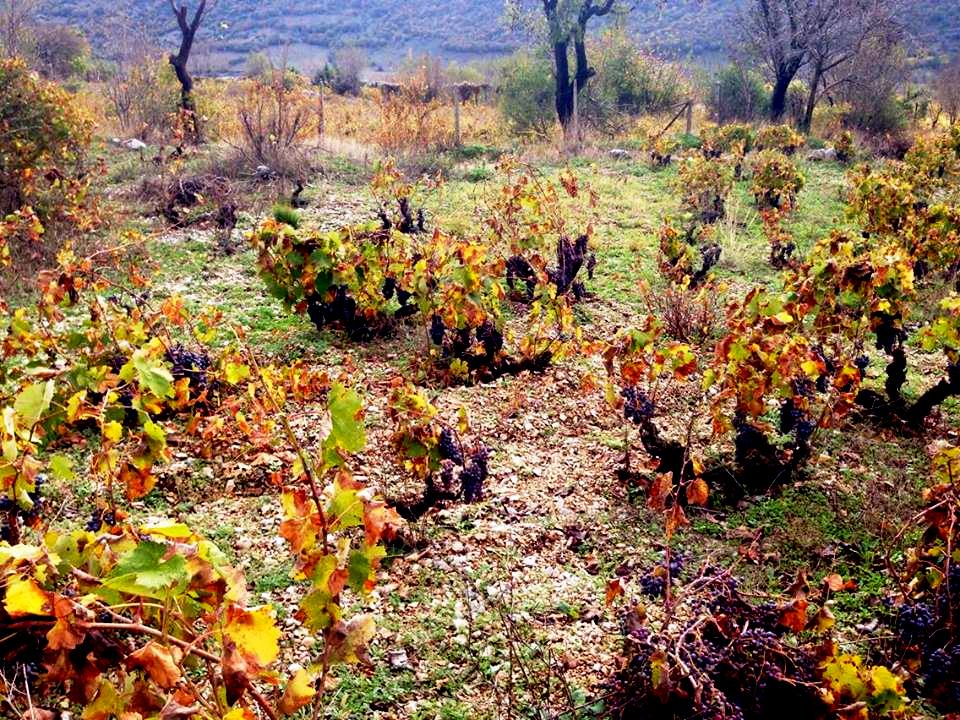Greek unsung terroirs: Siatista and Diamantis Estate
I first heard about Siatista region situated in Western Macedonia, between the cities of Kozani and Grevena, about a decade ago when I was still flying helos. That came from a pilot that was born in a village nearby suggesting that Siatista had a long tradition into producing sublime, sweet wines. I was at that point little engaged in wine but made my research only to find out that no commercial example existed.
Some of the first reference celebrating the region for sweet wines in particular, goes back to early 19th century. These wines called ''Iliasta'' are still produced in the region by air-drying the grapes like in Tuscany's Vin Santo for two months, often even longer. Unfortunately the vineyards have shrunk the last decades from 1100 ha to about 350 tells me producer Dimitris Diamantis of Diamantis Estate.
We tour together the vineyards that raise up to 900-950 meters high, one of the coolest mesoclimates in the country, when Diamantis talks about his dream of raising Siatista's reputation to new standards with indigenous varieties and Xinomavro as the main driving force. ''The main problem is that most vine growing here is very amateur - like since people were traditionally engaged in the local fur business''. ''And another issue is the mistakes of the past when big companies showed interest for the region but suggested to plant international varieties instead. So very old vines were pulled out in favour of varieties like Sagrantino and Rondinella'' he says with despair.
We make a stop at a fantastic terroir with vines of eighty years of age that you can watch in the short video below. Truly amazing place that can produce only glorious wines.
His winery was founded in 2006 following his grandfather's and father's legacy as vine growers and now produces approximately 50.000 bottles from 12 hectares. Some are really old bush vines of eighty years of age while others are planted about ten years ago and are trained in wires. Diamantis is very enthusiastic about viticulture and regards himself a farmer proudly commenting on his effort to identify more Xinomavro clones.
Three different Xinomavro biotypes
We taste together the beautiful 2011 Xinomavro mostly from very old vines that is very refined, sensual but also has tension and intensity. Lots of fruit with solid but fine – grained tannins. Excellent effort! (93/100). Next available vintage will be the 2015 which we taste from the barrel that shows good promise for another exiting lighter perhaps vintage.
Whereas Siatista shows good potential for quality wines, described as the fifth terroir for Xinomavro by wine writer Nico Manessis, it will be up to people with vision and determination to raise higher the quality bar. Diamantis shows the way.
Stay tuned for more Siatista action as I visit and taste wines from Dyo Filoi winery one of the two other wineries of the region.
